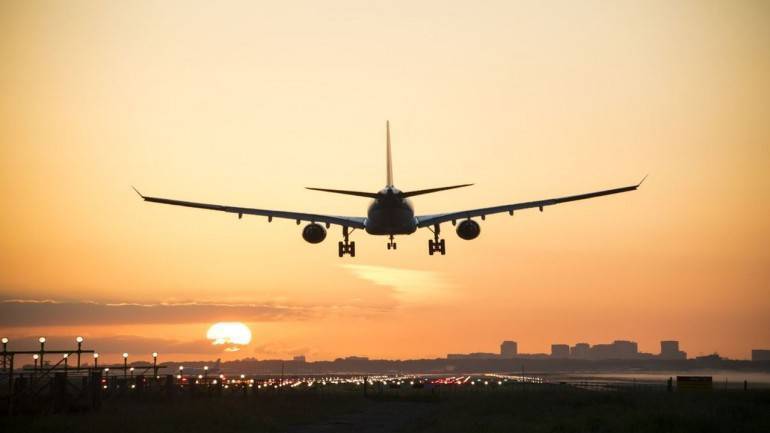February was also the 42nd month of double-digit year-on-year growth on a trot, with a record more than 90 percent occupancy on aircraft operated by the domestic airlines, airlines global body, IATA (International Air Transport Association) said today.
India’s domestic air passenger demand surged 22.9 percent in February, more than two-fold of the global average, propelled by the launch of new flights and routes by the local airlines during the period.
February was also the 42nd month of double-digit year-on-year growth on a trot, with a record more than 90 percent occupancy on aircraft operated by the domestic airlines, airlines global body, IATA (International Air Transport Association) said today.
According to IATA, domestic travel demand rose 8.2 percent in February 2018 over the same period last year, with all markets reporting increases, led by India and China.
The domestic capacity (addition of aircraft in the fleet) climbed 7 percent during the month while the seat factor, increased by 0.9 percent to 82.3 percent in the month, as per IATA monthly traffic data.
"India’s domestic traffic rose 22.9 percent, the 42nd consecutive month of double-digit year-on-year demand growth, and load factor exceeded 90 percent for the first time on record," IATA said.
Passenger demand in India continues to be stimulated by network growth that translates into time savings for air travelers, it added.
"All around the globe we see the same positive picture of growth in demand for aviation connectivity. Aviation has helped to lift millions from poverty, but to deliver even greater benefits in future, adequate, affordable infrastructure is a must," IATA’s director general and chief executive Alexandre de Juniac said.
February international passenger demand rose 7.2 percent compared to February 2017, which was up from the 4.2 percent increase recorded in January.
Led by airlines in Latin America, all regions recorded better year-on-year growth compared to January’s results, IATA sid adding the total capacity climbed 5.9 percent and load factor rose to 79.3 percent from 78.3 percent.